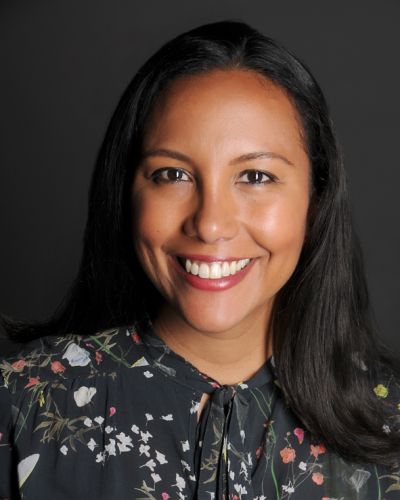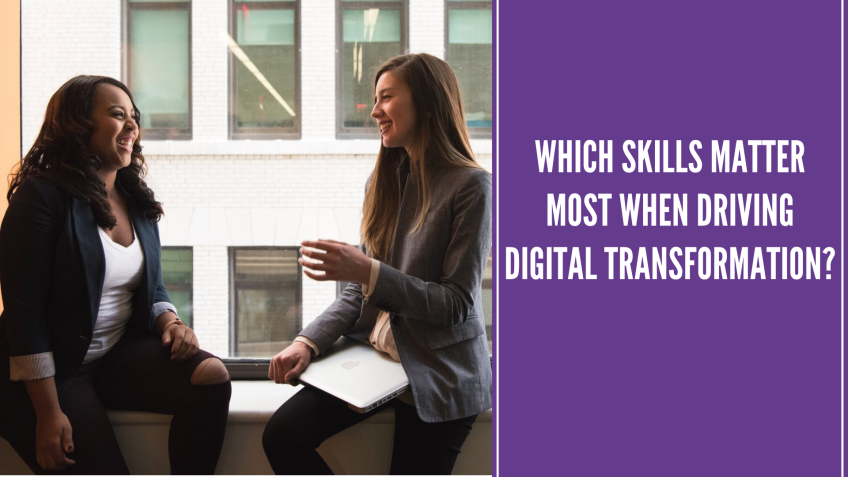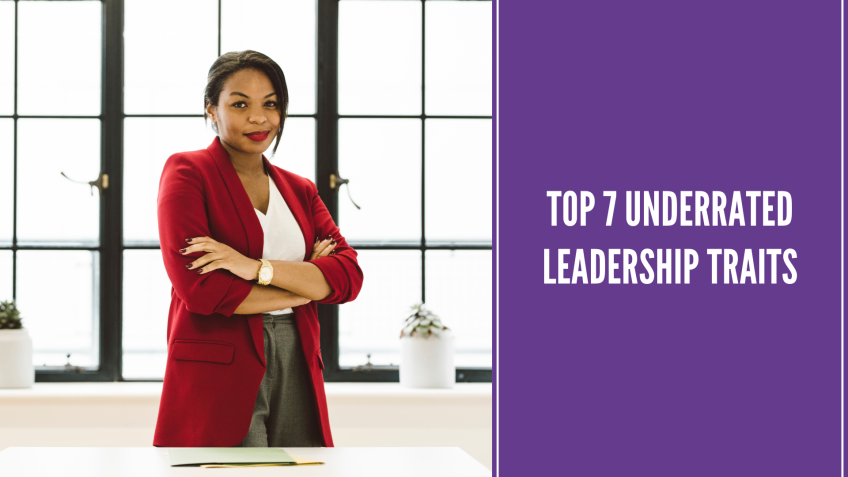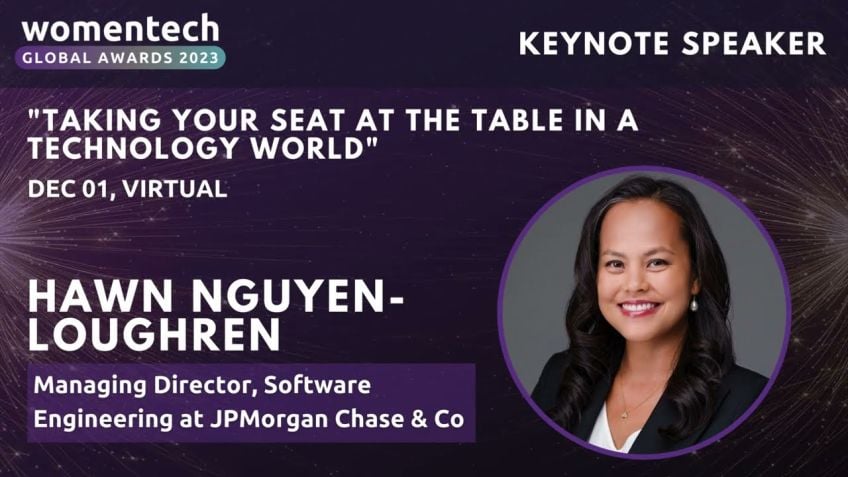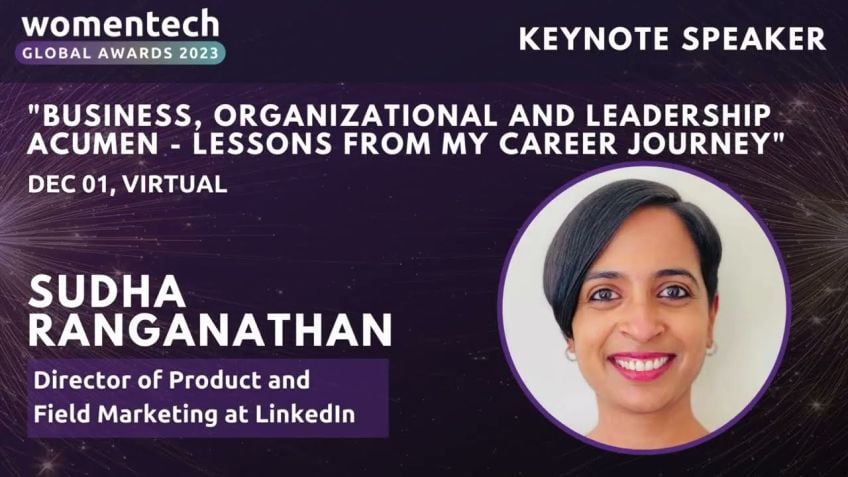From Product Development to Engineering: lessons I learned in the transition to energy storage solutions design.
Maria Gabriela Gomez Padron
Manager - General EngineeringJourney through a Career in Renewable Energy Technology Development
Hello, everyone! My name is Maria Gabriella Gomez, a dedicated worker at Fluence for over 15 years. I have had several responsibilities in my career—most of which encompass the development of products and solutions in the world of renewable energy technology. Today, I'll give you a sneak peek into my journey and the valuable lessons I've learned throughout.
The Intricacies of Product Development
This industry of energy storage is an emerging and rapidly growing sector. It's quite thrilling to describe the processes we follow to create the products that contribute to this growth. My current role involves delivering these products to different customers worldwide.
Transitioning Through Various Areas
Transitioning through different areas and different roles has been an enriching experience. The key to adaptability centers around understanding the various processes and environments at work. Now, let's delve into what Fluence is all about.
Insight into Fluence
Fluence is a modern company with a purpose—to support the transition of electricity generation globally. Founded by AES and a Siemens division, we've been steadily making our mark in the industry for about five years now.
The core of our mission lies in bettering and uplifting the transition in the way electricity is generated across the world. We work tirelessly towards reducing carbon emissions and fostering sustainable energy generation processes.
The Role of Prototyping
Prototyping is essential during the product development process. It allows developers to visualize the final product at various stages of its development. Initial prototypes could range from a mere sketch on a napkin to a paper model, and finally, an almost-finished product. This phase aids in finalizing the design before the completion and subsequent deployment of the product.
Product Life Cycle Management
A crucial aspect after the product development stage is product life cycle management. It's essential for maintaining a product within an organization and always considering the customer's demands—a process that range from planning the production to assisting the customer after the product reaches their hand. There's also the often overlooked stage—end of life management, particularly crucial in an industry dealing with batteries.
Delivery Process of Battery Energy Storage Solutions
My present role finds me in the fast-paced, deadline-driven world of product delivery. This role requires maintaining high quality and safety standards while ensuring timely delivery. It's a shift from repeated cycles of development to a more linear, time-bound completion of tasks.
Transitioning Successfully Between Roles
A successful transition between roles often involves balancing business and personal growth. It requires understanding oneself—the strengths, weaknesses, and where you stand in the business dynamic. Setting goals, expanding one's network, and learning continuously are also integral to the process.
Optimizing Your Role
Once you find yourself in your new role, it is important to optimize your performance. Automating repetitive tasks, tracking tasks, and improving processes on both business and personal fronts are excellent ways to achieve this. Identifying the personalities of your team members and understanding how you can work better together is also key.
Conclusion: Embrace Change
In conclusion, the professional environment is all about change. It's about knowing your skills and talents, building strong bonds with your team members, and constantly improving processes. With these points in mind, you can navigate any challenge in your professional journey. I hope you find these experiences and insights helpful in your own paths.
Video Transcription
Ok, so I will get it started. Hello, everybody. Good morning. Good afternoon. Good evening. Even to some of you. My name is uh Maria Gabriella Gomez.I work at Fluence and I am going to have a talk today, which I'm pretty honored to actually have short talk with all of you about my own journey, my own lessons learned through my career in the last um 15 years in which uh I have had several positions and several responsibilities um in the framework of renewable energy technology development and for that developing products, developing solutions that um that we were able to then um install, deliver, put into operations uh at different project sites uh with different customers that we have all over the world.
So I want to fundamentally guide you through which are those uh processes? What is that we are talking about? What is this product development, which are these products um on, on, on this industry of energy storage that is a incipient industry, growing industry at the moment, pretty much in a hive. So I'm gonna talk about those. How uh which are these products? Which is the process that um we kind of follow um to develop them to manage them in, in, in right now, which is my actual uh position. What are we doing to deliver those also um towards our customers? And what does it mean? Um What does it mean for me then to have transitioned um through all of these areas? What were my, the key points that I used to basically um adapt, understand and perform and as expected while all this environment was changing. So um that is going to be um the fundamentals of, of this talk. So I will start giving you uh an overview of fluence the company I work for what are battery energy storage systems. And I will give you an example of an application that is pretty much is one of the latest applications that we are developing and it's very exciting.
Um moving over then I will show you what is um general product development process, product management process in delivery process around battery energy storage solutions. Um Having understood that and I will highlight my, my, my own uh what I call action items, how I manage to transition roles, how I managed to transition from being a product developer, then being a product manager and then now being an engineering manager. So how, how, what happened, how, which are the conditions on the business side and also on my personal side that are changing and that are pushing me to um to adapt to transition and and, and, and to grow finally. Right. Same way uh action plan. So now that I am in my role, how can I optimize what I do? So now I'm here. II I got in here. Wonderful. What do I do next? And then with that, I will summarize what I just mentioned. My lessons learned. It's a kind of a cheat sheet that you can pick up with you and that you can um take as a, as a reference, try to implement those in your own um industries, in your own environments and in your, in your own um um challenges that you might have on a daily basis. Um Also along that, um I would give you a couple of bullet points.
I will name you few problem solving tools that I have used uh in order to, you know, solve these conflicts that you might have uh derived from these transitions and from, from the world transitioning every day as well. So I will put them all to you so that you can also take them as a, as a chip chick. All right. So, um that, that will conclude the presentation. So let's talk about what do I do? Fluence? What are these battery energy storage systems? This might be, this, this might be a new, a new topic for, for many of you. So what is fluence? Fluence is um a company that was founded by uh Aes and uh Aes is a utility electrical utility in the US and by a certain division of Siemens and it's a company that is fundamentally very new. We have been in the market for around five years and our mission is to support the transition of the, of, of the way that we generate electricity globally in the world. So that is our mission. This is what we want to do, we want to improve and we want to support the transition. What is the transition? What what is, that's all this means? Fundamentally.
Um If you think about the electricity generation system, how are we receiving electricity um in our places uh everywhere we are. So um traditionally, we have had central locations, central power plants that are in charge of generating this electricity. This could be in form of hydropower, this could be in form of um gas gas turbines that are burning us, creating heat and with this heat move turbines generate electricity. So there are many, many, many of these traditional power plants uh in the traditional architecture of the electrical grid. Now, right now, with the emer emerging technologies uh in, in in renewable energy generation for more sustainable energy generation industry and processes, reducing the carbon footprint, reducing carbon emissions.
So with all of this new technology development on this area, the grid needs to trans transition as well. The grid needs to get modernized as the initial concept is not. Um you know the way that the electrical grid is built is not suitable for operate in an optimal way with all these different sources of energy that we have right now coming from all over and not only coming from all over but also very difficult to control because we can control how much energy we produce with um with a with um um uh p turbine, a gas turbine, right.
Um It would depend on how much gas that we're putting in. But in terms of let's think about photovoltaic systems. So, photovoltaic energy um generation is very random. We cannot control. When are we gonna have sun? When are we not gonna have sun? We know that there is day and night, but we do not know during the time that we are having supposed to have sun if we are actually going to have it, how much and with which intensity. So these are elements that we cannot control. So it's bringing a whole mix um to the to the electricity electrical network that was not envisioned when this electricity network was built. So where is fluence now? Um coming in and, and, and, and what are we doing? So fluence, as I mentioned is a company that is uh is global, global reach and we develop energy storage systems based on batteries that are supporting the transition of um the electrical grid. I'm going, I'm showing you here an example what we are calling energy storage virtual transmission in which the batteries are fundamentally going to to support what I just mentioned in the, in the sense that if you take a look to the to the upper right graph that I have here, imagine imagine these are two point of connections of an electrical electrical transmission system.
So these are basically the big leg, very long and very tall uh electrical powers, holding those cables that you can see along the roads. Um So what is happening? It's happening that we are having in, in modern days, we are having a much higher demand for electricity. Everybody has 2345 devices that need to be charged. Um We have a higher demand, we have higher, a higher population. So we electricity demand is not going to stop. So we we, we we we require to provide more and more and more. And as I mentioned already, the the infrastructure for the of the electricity grid is not that modern yet. So it happens that if you think about think about these cables that are hanging and you can see them um while traveling on the roads, you will see all these cables and some of those are basically used for what we are calling. We are showing here as lane one basically to transmit power, electrical power in another portion of those cables that are being hold by. These big towers are being used as a, as a reserve as a backup uh for moments or situations in which you need to provide additional power, additional capacity to what you have, what normally you should do, right. And what does it mean?
It means this is very inefficient in the sense that you are having a AAA big line, very, very um costly line um of um electrical infrastructure there that you are not using, you are just having it as a a it's not efficient. So um with the possibility of storing energy in batteries in systems, like the ones that fluent develop, we are able to change this situation. We are able to say, well, we are not going to use this second set of cables uh in the transmission lines as a as as a backup, we are going to use it to transmit power. So we are increasing the capacity of the, the power that we can transmit through the same line because we are using the batteries as a backup as opposed of having you um having the transmission assets doing so. So in this way, we increase the efficiency of the transmission line, we increase the capacity that we can actually use from the transmission line and we are providing backup that is ready to go is um um very effective, very fast. So you have that electricity, that energy is stored in this but there is available by the time that you need.
So these are this is this is one example of this new emerging industry in which I am very excited to work that is called energy storage, uh battery based energy storage. And this is fundamentally what I am doing right now. So um looking at this is very briefly, is an industry that is booming at the moment. Um There are certain geopolitical um events that are also supporting and pushing the development of renewable energies um sustainable technologies in um supporting um services, let's say as the ones that we provide with our batteries. And um you can take a look at this uh at a few of our project sites that we have all over the globe. Quite big, quite massive infrastructure um projects that um require detailed planning. Um um a huge orchestration of supply chain logistics um um personal on site, personal um remote and support and so on, which is very exciting. And it is basically the, the reason why I wanted to um to share these experiences with you in the hope that you can find them quite useful um on your own environments too. So what is product development of battery energy storage systems? And what is delivery?
What is the uh is Maria talking about? So fundamentally, we are talking about the development of electrical equipment, electrical cabinets, electrical um devices that are interconnected to each other. And uh in order to do that, I'm showing in on my left side, um the very general, very high level um process that I follow while in product development um for these purposes. So, it will start on understanding and gathering the requirements. What are we trying to do what we want to for what we want to use? This, this product, this device, this cabinet, this machine um after that, then we follow, we went into, OK, we understand the requirements. Let's try to understand how can we make it happen? How much it's gonna cost us? How long it's gonna take in this phase of research and feasibility analysis is when you as a developer deter determine how is going to be the path, what is what it will take, uh take what we, what we need to achieve in order to get um the the product that we want. Um After that, you basically start development and get into the phase of prototyping. Um After you have the prototype, this prototype can be the way you can design, you can have several um steps or phases of prototyping. First prototype could be a sketch and a napkin.
Second prototype could be um um scale model made of carton just to have an idea of 3d idea of how this product looks like. And a third prototype could be basically almost a final final product. Um This, this there are thousands of way too and it's a very exciting phase. By the way, once that you end, you finish your prototyping, then um you have finalized your design, then you complete and continue your development. And in development, we have not only technical development of the product, you have to also consider well um documentation, manual testing, all these type of things when I coming finally into what we call deployment, which is really the first installations on site in preparing yourself as a product developer to train and support other personal uh other groups in your organization, sales organization, engineering, organization, services, commissioning um organization.
They need to know about your product, they need to know how to operate it and they need to know what to do in case of. Very important. So this was my first station, let's say um that I started over almost 15 years ago and after that, I transitioned into a product life cycle management, which is now that you have your product. OK. Uh We understand we have a product or we want or we need a product. So how are we going to manage this product in the organization in considering always at all times the voice of the customer? Very important. So what is what our customers, our market need from this product or from a product that is not existing? How can we plan to get it? How are we going to define what it is? How are we going to manage building and producing this um this product and towards the operational phase of the product where it has been already delivered in hands of the customer? How are we going to assist the customer, assist our internal teams in charge of um uh s 1st, 1st level support, second level support. How are we going to assure that we have an organization that is supporting this product?
And very importantly, not to forget, end of life, especially in our industry in which we are dealing with batteries, we cannot just deliver batteries and left, left them in the field until they cannot, they, they lose their own the capacity. So we have to have, we need to have a plan and it's also demanded by authorities to, to, to know how to do what to do, where to, where, how to trigger basically the recycling of batteries and picking them up end of life of the product. Now, I am in um after I stayed in this station for a couple of years, then I transitioned to my actual role, which is pretty much um waterfall structure type of work in which um I basically my only and most important uh uh objective every day is to make sure that we deliver our products, our services, our solutions on time that we are on time to the customer that we keep high standards of quality, high standards of safety and that everything is according to a plan.
So you can already begin to see that this is fundamentally um a big change just in terms of just looking at the graphs. So when we're talking about product development and product management, we are permanently in cycles, we are repeating cycles, we have a process that is going to be repeated uh with a certain regular clarity every time that we um start a new development, every time that we want to have a new product, joining the product portfolio of the company.
So now looking to the to the very left, to the very right. Sorry, you will see. OK, we are shifting now from circles and cycles. Um now to a very, pretty much um we do this thing, then we do the next thing, then we do the next thing, then we do the next thing, then we finished and we start again. So it's a very different mindset. And um and, and that is where um II I noticed that it is perhaps not so easy for people in used to be in this development environment. Typically in development environment. You are also thinking in three years ahead, you are think you are considering that there is time needed to develop your product and therefore you need to uh be on even before uh you have to be before the market, you have to be ready before or the market is ready to receive your product.
So you have to be ahead of time. Whereas in uh the delivery uh part of the story and whenever the product is already delivered, it's already developed and you now need to deliver to customer and put it in place. Now, it's about really keeping a very strict time frame timeline and you cannot shift too much from it. Um So I that is, that is the, this is the foundation of my talk. And what I'm going to show you now is a little bit of what I did um to move all over this um this uh these areas. So in terms of transition in roles, so keep in mind, um business growth and personal growth, uh understand where you are, understand which are your um your fundamentals, your strengths, your your weaknesses, understand yourself, understand your business dynamics, set your goals, grow your network and this is that not in a, in a nutshell.
What um it is really important to keep in mind once that you transition on your role, then um also then understand, OK, how can I optimize my role, automate repetitive tasks, track your tasks, improve your processes on the business side, on a personal side, then talking about personal growth, identify your team personalities, understand how can you work better with them?
Schedule time for re retrospectives and keep on learning. Learning never stops. So if I can summarize what I I just, I just mentioned. So everything is about change in, in our, in our professional environment. So you need to be um comfortable with that, know yourself, know your talents, know how can you fit better in your organization, make the right team, understand weaknesses, strengths, what they need, what they want, what they wish, identify their personalities and make a strong bond with your team.
Follow up on your tasks and find ways to optimize all these situations.

